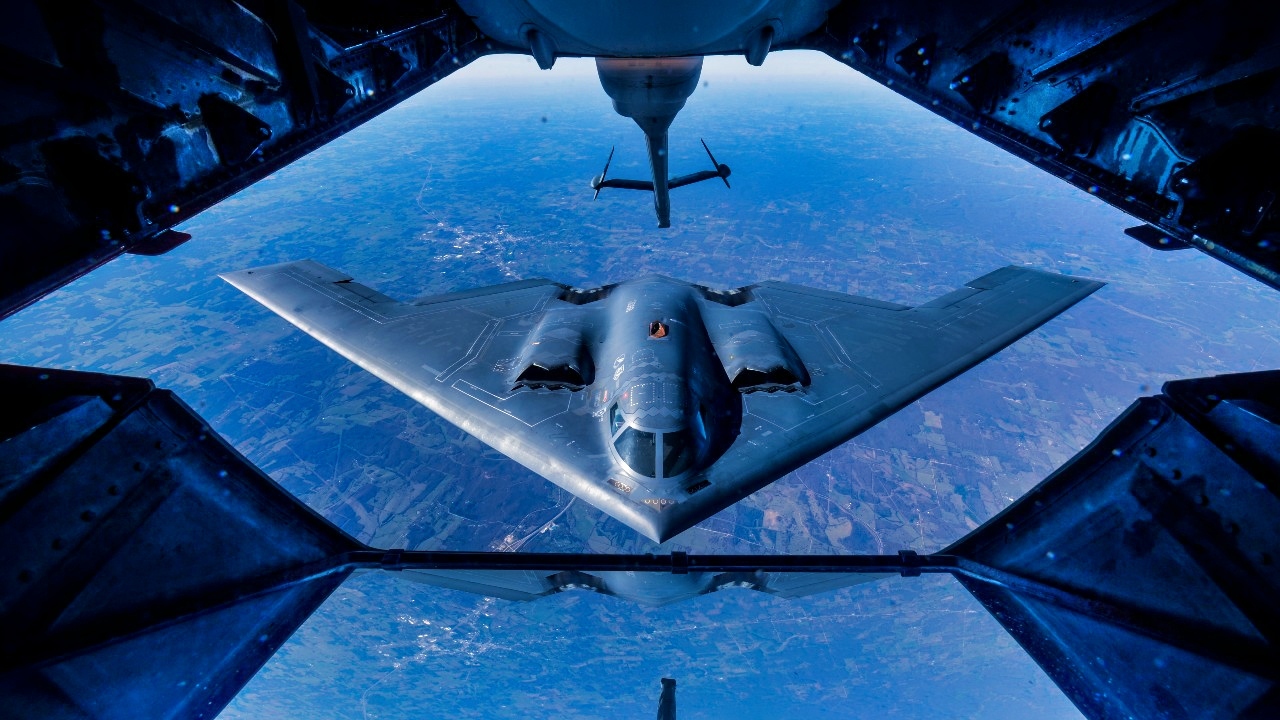PUBLISHED on August 7, 2025, 3:53 PM EDT – Key Points and Summary – Two months after U.S. and Israeli strikes on its nuclear sites, the location of Iran’s enriched uranium stockpile remains a mystery.
-New analysis from DC think tank CSIS now points to a possible secretive, heavily fortified underground facility known as “Pickaxe Mountain.”
-Satellite imagery from August 6 shows “considerable construction” and active tunneling at the site near Natanz.
-Analysts and the IAEA speculate this could be a new “hidden place” for storing centrifuge components or even the missing 400 kg of near-bomb-grade uranium, safe from future airstrikes.
-However, Iran refuses to answer questions about the facility’s purpose.
What Is Iran Hiding in Pickaxe Mountain?
Almost two months after the United States and Israel bombed Iran’s flagship nuclear facilities, an important question remains unanswered: Where is Iran’s enriched uranium?
No intelligence assessment has definitively confirmed the location of the 400 kg of 60 percent enriched material known to be in Iran’s possession before the strikes. Some analysts maintain it was buried under the rubble at Fordow. Others believe it could have been moved.
Now, new satellite imagery and analysis from the Center for Strategic and International Studies (CSIS) has turned attention to a site that was not targeted in the recent strikes – and which may be more important than previously thought.
That site is Kūh-e Kolang Gaz Lā, also known as “Pickaxe Mountain,” a secretive underground facility that is still under construction.
Fordow’s Successor?
Published on August 6, the CSIS report includes high-resolution satellite imagery that shows active construction at Pickaxe Mountain, which lies just two kilometers south of the Natanz nuclear facility.
Analysts describe the site as undergoing “considerable construction,” and images show tailings piles on both the eastern and western sides – evidence of active underground excavation and tunnelling.
And those details are very important. Tailings piles are effectively large piles of debris – the byproduct of subterranean work. If Iran is digging, it is likely for the purpose of shielding sensitive nuclear materials and assets from future strikes – and doing so with knowledge gained from the June strikes. After watching the United States drop its most powerful bunker-buster bombs on Fordow, Tehran now knows what it takes to survive an American air campaign.
90 miles south of the Fordow facility and just minutes away from the Natanz nuclear facility, Kūh-e Kolang Gaz Lā is a major point of interest for researchers and analysts. The site, which is still under construction, has seen dramatic expansion over the last four years.
In its recent report, CSIS noted that there has been significant speculation that Pickaxe Mountain could presently be used as a storage facility to house centrifuge parts, assemblies, and other essential hardware. Researchers even noted that it could house Iran’s 400 kg of 60 percent enriched uranium.
“However, there is considerable speculation that Pickaxe Mountain could house centrifuge parts and assemblies, or even hold Iran’s unaccounted for 400 kg of 60 percent enriched uranium. While open-source evidence cannot confirm what exactly is going on at Pickaxe Mountain, it is clear from satellite imagery that Iran has continued construction at an underground facility very close to the Natanz uranium enrichment site,” CSIS researchers write.
National Security Journal has reported previously that intelligence suggests Iran may have chosen not to move its enriched uranium from Fordow ahead of the U.S. strikes in June, opting instead to fortify the facility by blocking off entrances with concrete. However, some analysts argue that the presence of 16 trucks outside the Fordow site before President Trump ordered the strikes – seen on satellite imagery – suggests the uranium was, in fact, removed.
Sima Shine, an expert on Iran’s nuclear program who has worked with the Israeli military for the last three decades, also told The Telegraph in June that Iran has a “hidden place” being used to house “hundreds, if not thousands of centrifuges.”
That hidden place could be Pickaxe Mountain.
IAEA Asks Questions
In April, International Atomic Energy Agency (IAEA) chief Rafael Grossi described how Iranian officials have repeatedly refused to answer questions about construction at Pickaxe Mountain.
“Since it is obvious it is in a place where numerous and important activities related to the programme are taking place, we’re asking them, ‘What is this for?’ And they’re telling us, ‘It’s none of your business,’” Grossi said.
Grossi added that it “cannot be excluded” that the tunnels being dug at the site could be used to store undeclared nuclear material – and if that’s the case, Pickaxe Mountain would represent yet another example of Iran quietly expanding its nuclear infrastructure in ways that both obscure its true intentions and complicate adversaries’ military planning.
These heavily fortified and underground facilities are designed to be challenging to detect, reach, and destroy without the use of large-scale military intervention.
As Tehran continues to insist that its nuclear program serves peaceful, civilian purposes, sites like this give Western leaders even more reason to question those assurances.
The question is: does Tehran really believe it can resume its nuclear operations, refuse to answer questions from the United Nations’ atomic energy authority, and build secretive underground bunkers – while simultaneously gaining the trust of Western leaders?
About the Author:
Jack Buckby is a British author, counter-extremism researcher, and journalist based in New York. Reporting on the U.K., Europe, and the U.S., he works to analyze and understand left-wing and right-wing radicalization, and reports on Western governments’ approaches to the pressing issues of today. His books and research papers explore these themes and propose pragmatic solutions to our increasingly polarized society. His latest book is The Truth Teller: RFK Jr. and the Case for a Post-Partisan Presidency.
More Military
America Almost Had to Invade Japan










